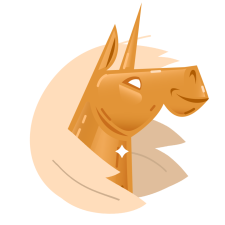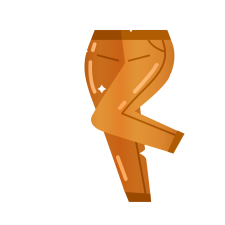Install Steam
login
|
language
简体中文 (Simplified Chinese)
繁體中文 (Traditional Chinese)
日本語 (Japanese)
한국어 (Korean)
ไทย (Thai)
Български (Bulgarian)
Čeština (Czech)
Dansk (Danish)
Deutsch (German)
Español - España (Spanish - Spain)
Español - Latinoamérica (Spanish - Latin America)
Ελληνικά (Greek)
Français (French)
Italiano (Italian)
Bahasa Indonesia (Indonesian)
Magyar (Hungarian)
Nederlands (Dutch)
Norsk (Norwegian)
Polski (Polish)
Português (Portuguese - Portugal)
Português - Brasil (Portuguese - Brazil)
Română (Romanian)
Русский (Russian)
Suomi (Finnish)
Svenska (Swedish)
Türkçe (Turkish)
Tiếng Việt (Vietnamese)
Українська (Ukrainian)
Report a translation problem























Slava Ukraini!
I didn't try to start a new game after customizing my Mecha, but reason dictates you'll start over with the vanilla one (since altering it requires resources and actually impacts gameplay). So, yeah, you should definitely save your design, or you'll lose your work.
I don't know if Mecha designs get saved to the cloud either. Possibly not. If you put a lot of work into yours, you might want to look where the designs are actually saved in your computer and back them up somewhere else.
If ya make your Mecha anew during a Playthrough then beat that Playthrough and start a new one, are ya still your new Mecha in that next Playthrough or do ya de-evolve back to the vanilla Mecha... thus making that Mecha Blueprint Saving all the more important?